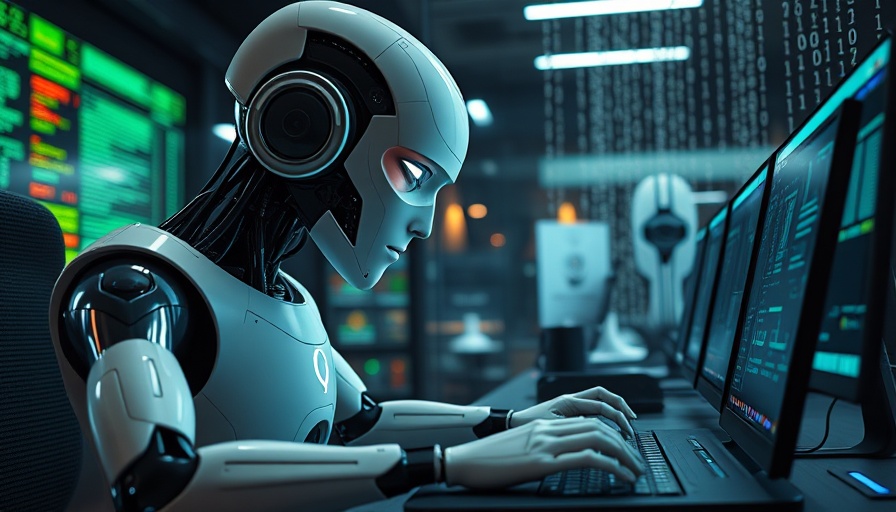
The Rise of AI-Native Startups
As AI technology continues its rapid evolution, venture capital firms are beginning to recognize the unique opportunities presented by startups designed specifically around these innovations. The Alumni Ventures AI First Fund exemplifies this trend, positioning itself as a pioneer in investing in companies that utilize AI from their inception. This focus not only fills a gap in traditional funding practices but also aligns with the dynamics seen in previous tech revolutions where the potential for transformational change was harnessed by visionary founders.
Investment Themes Driving Innovation
The AI First Fund is anchored on four distinct themes: enhancing productivity through generative AI, accelerating scientific progress with AI-driven simulations, integrating industry-specific AI solutions, and building infrastructure for the AI economy. This multifaceted strategy reflects a deep understanding of how AI can reshape various sectors, ranging from healthcare to finance. Each theme targets a crucial aspect of AI's potential, emphasizing the importance of tailored innovation rather than retrofitting existing business models.
Implications for the Future of Work
The emergence of AI-first companies suggests a fundamental shift in the way work is performed. Mike Collins, CEO of Alumni Ventures, compares the current AI landscape to the internet boom in the 1990s, suggesting that we are standing at an inflection point. As AI technologies become integrated into everyday business practices, new types of jobs will emerge requiring unique skill sets that combine both technical proficiency and creative thinking. This evolution could lead to enhanced collaboration between humans and AI, improving productivity across industries.
The Historical Context of AI Innovations
Looking back, we see that historical innovations often repeat themselves, with earlier technological advancements laying the groundwork for current and future developments. Just as the introduction of the internet transformed communication and business operations, artificial intelligence stands poised to revolutionize how we interact with technology. The adaptability of businesses to these changes will dictate how quickly they can harness AI's capabilities for their growth.
Why Now Is the Time to Invest in AI
The timing of the AI First Fund's launch is critical. With advancements in natural language processing, autonomous agents, and data analytics, there exists a unique convergence of technological maturity and market readiness. Investing in AI-first companies allows venture capitalists to not only capitalize on a burgeoning field but also support innovative founders who are redefining industries. This is a clarion call for investors looking for lucrative opportunities in the AI space.
Next Steps for Aspiring Entrepreneurs
For entrepreneurs interested in entering the AI landscape, understanding the intricate dynamics of funder expectations and technological capabilities is vital. Focused research on AI applications in your chosen sector and networking with industry veterans can open doors to necessary resources and partnerships. Consider seeking mentorship opportunities or forums where ideas can be shared and refined.
Investing in AI-native startups could be a game-changer for both investors and entrepreneurs. With an evolving technological landscape and a strong backing from knowledgeable funders, the potential for innovation is limitless. Are you prepared to explore the future of a field that is set to transform the very fabric of our work and life?
 Add Row
Add Row  Add
Add 




Write A Comment